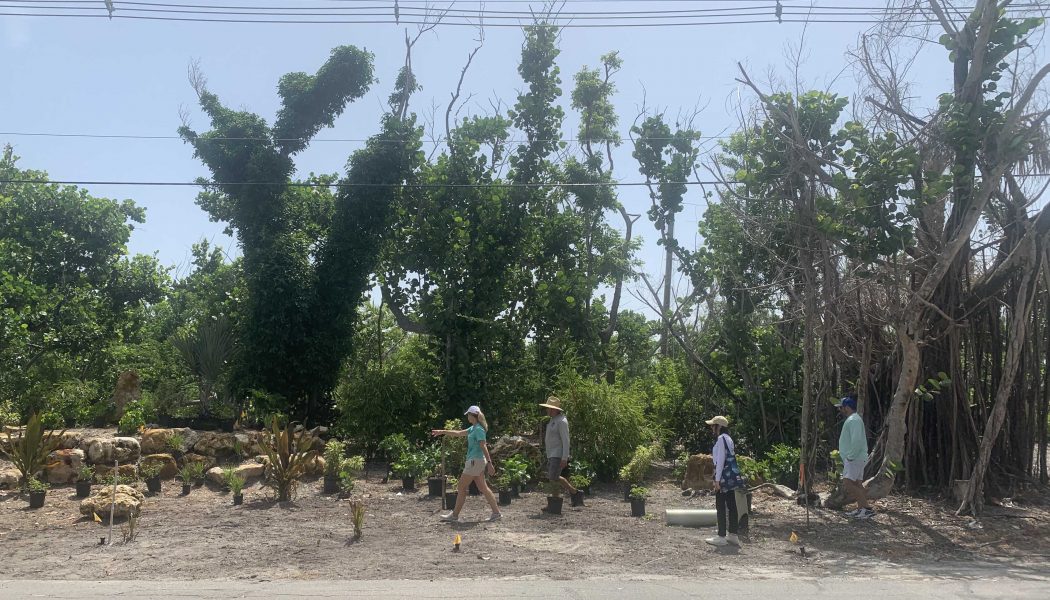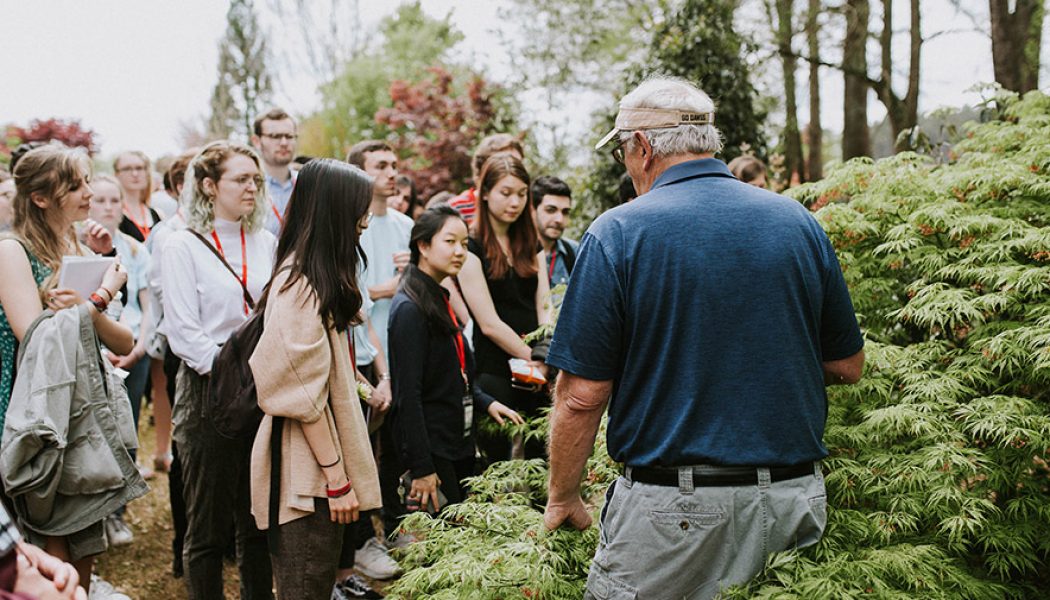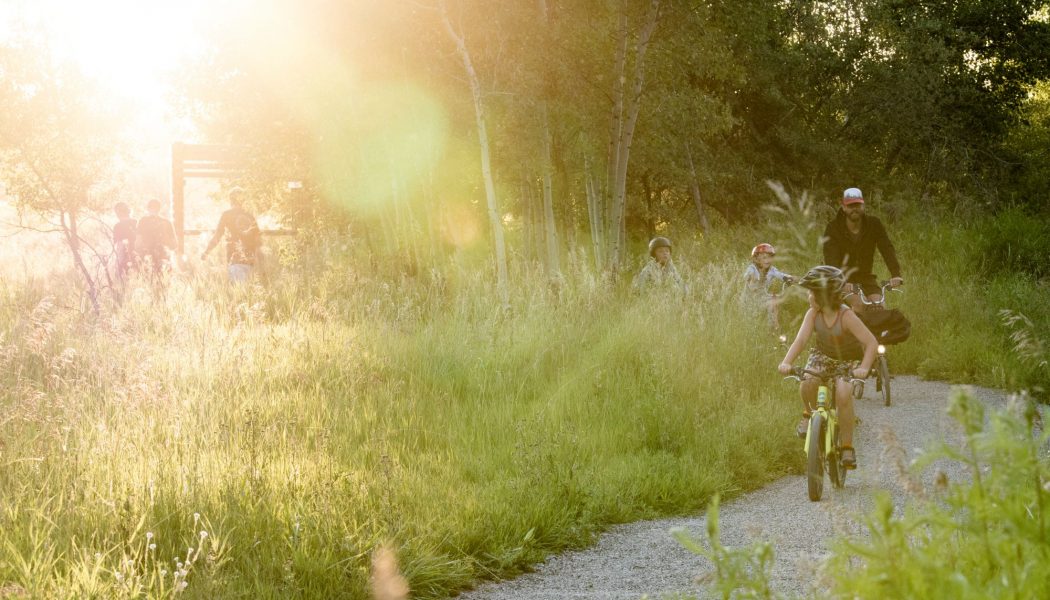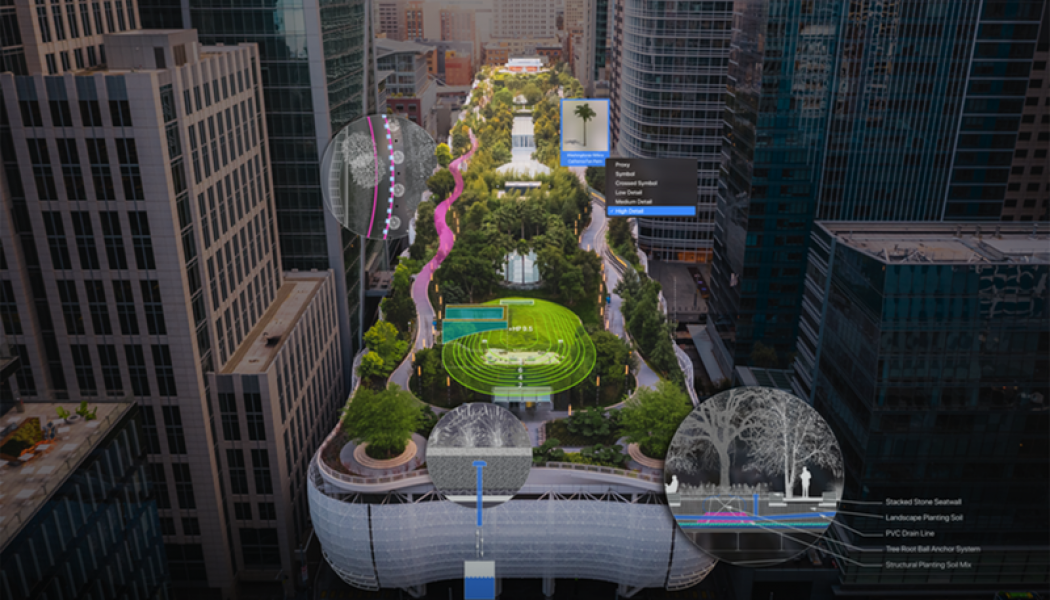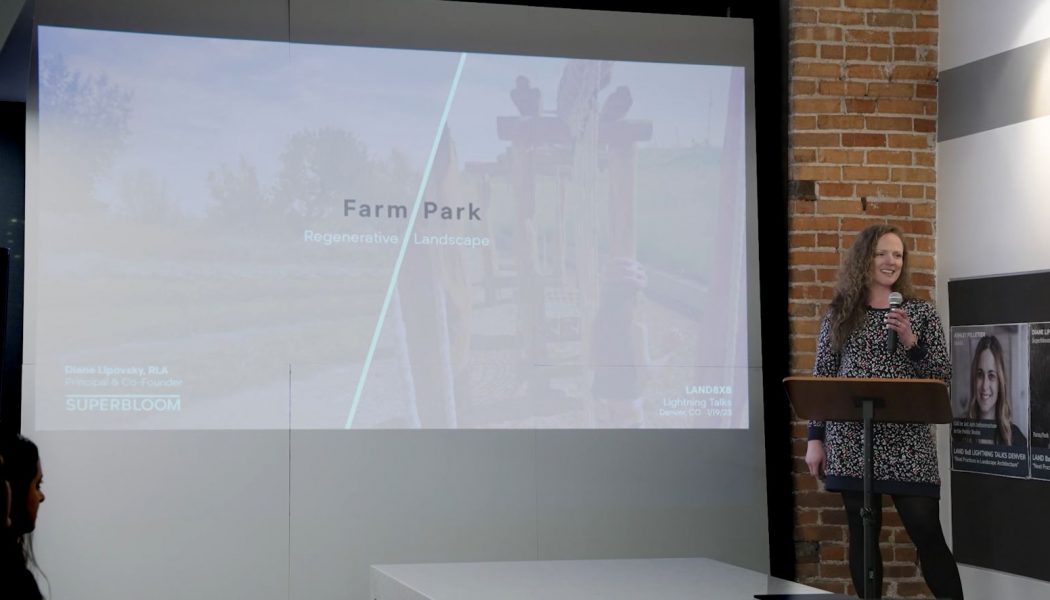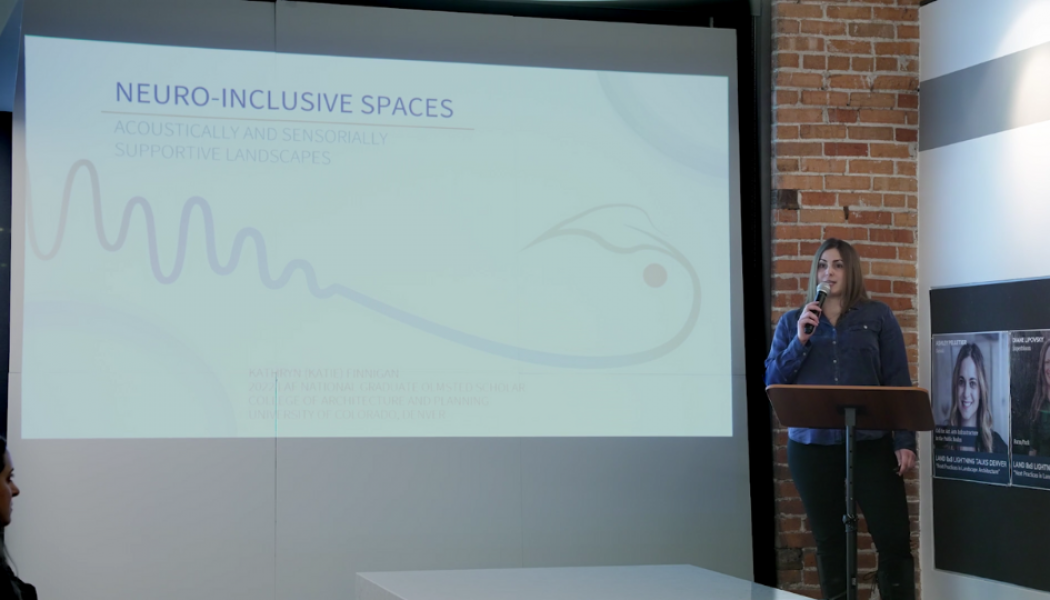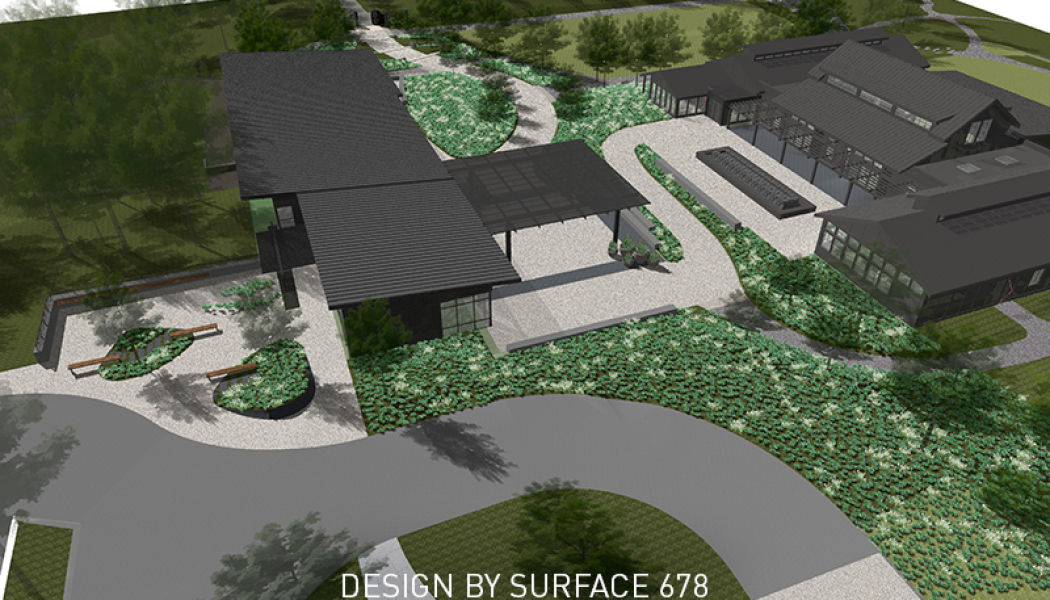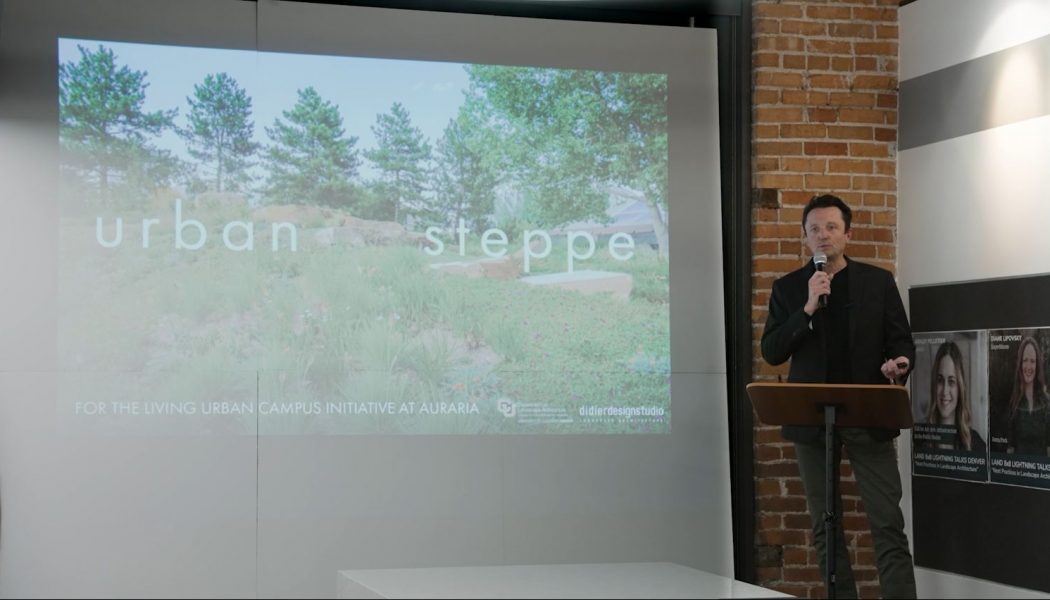Blog
Knowledge Management for Landscape Architects
Landscape architects are expected to know a lot about a lot. Ecology, social dynamics, construction detailing, CAD/Adobe/BIM? That’s just a one-hand list we all spin through in a few years at design school. However, once we emerge into practice – the expectations are still there, but the knowledge-building gets more haphazard. In practice? Carol knows how bidding processes work and who to call at each department of the city to get permits moving. Imani can estimate slope percentages without pulling out a tape measure. Chris is the plant person. You’ve all seen it. Individual designers having specialist expertise is great – but too much fragmentation in a design organization’s knowledge base creates problems for individual designers, projects, and businesses. Lack of clear kn...Read More
5 Things You Should Know Before Studying Landscape Architecture [Video]
I’m excited to share some invaluable insights that I wish I had been privy to before embarking on my journey into the profession of landscape architecture in the video above and summarized below. It’s one of those fields that often stays under the radar until you stumble upon it in college or through a friend or family member already immersed in it. So, if you’re considering diving into the world of landscape architecture, buckle up and get ready for some key considerations! 5. You Don’t Need to Be an Artist When I was first considering landscape architecture, I feared my lack of artistic background would be a roadblock. However, let me set the record straight – you don’t need to be a Picasso to succeed in this field. Sure, having an artistic flair can be bene...Read More
Should Landscape Architects Really Make the Switch to Revit? [Video]
In today’s fast-paced world, we are inundated with multiple software options capable of navigating us through all design phases. Yet, why do we find ourselves endlessly debating the correct software when they can theoretically produce the same results? Determined to find an answer, I embarked on a journey to discover the best program for Landscape Architects. This led me to create the video above that shares my discoveries and let’s just say… it left me feeling just as conflicted as before. For those who prefer not to watch, here are the key highlights: You Can’t Compare AutoCAD and Revit One of the most evident issues in these debates is the attempt to compare AutoCAD and Revit. This is like comparing apples to oranges. AutoCAD serves Landscape Architects by creating 2-dimensi...Read More
How to Capture the ‘Spirit of Place’ Within Designs
Using storytelling as a medium to convey the intangible meaning of a place is a powerful and effective approach that captures the essence, history, and significance of a location. While site analysis, such as GIS mapping, demographic research, or market studies, can provide a factual understanding, storytelling brings depth, emotion, and a human connection to the experience of a place. It allows users of the spaces we create and enhance to engage on a personal level, transcending mere information and statistics. Here are five reasons why storytelling is a keystone to convey the intangible meaning of a place: Emotional Connection: Storytelling taps into the emotions of the audience – in this case, people existing in the spaces in which we create – giving them a deeper connection to the plac...Read More
Designing Sustainable Rooftop Ecosystems: PWP Landscape Architecture
Sponsored Post The Salesforce Transit Center rooftop park is a marvelous ecosystem resulting from years of forethought and planning. Spanning four city blocks and 5.4 acres, the rooftop park eases into several distinct sections, including feature gardens suited to San Francisco’s climate. Additionally, a water jet system shoots upwards whenever a bus passes underneath, allowing viewers to track its speed. Let’s meet the firm responsible for this project’s landscape architecture. Get to Know PWP Landscape Architecture PWP Landscape Architecture has been a leader in the field of landscape architecture for decades. Established in 1983, this world-renowned firm has a pedigree that includes dozens of iconic projects from around the globe ranging from urban parks to corporate landscapes an...Read More
Thinking About Dirt
Amidst the bustle of the farmer’s market, a short walk from home in Manhattan, we’re buying flowers for our garden and food for the week. Within the burgeoning spring of Union Square, surrounded by blossoming trees and the season’s early fruits and foraging (ramps, mushrooms, asparagus), I find myself thinking about something I rarely pause to consider. A thing fundamental to our lives and to our work as architects and landscape architects. I was thinking about dirt. I asked about. . . . GROUND What is ground? Beneath this concrete topography, where is original earth? What’s the nature of nature? Nestled in urban pockets in this urban square, or exposed in the countryside: is one really more natural than the other? Climate change: what happens to our island home as land becomes sea? And w...Read More
Call for Art! Arts Planning and Infrastructure in the Public Realm [Video]
During the Land8x8 Lightning Talks, Ashley Pelletier of Sasaki shared their Dumke Arts Plaza project as an example of collaboration and new ways of thinking and designing for public art spaces. Public art has become an increasingly important element in landscape architecture projects, with its ability to enhance public spaces and create unique experiences. However, the integration of public art presents both challenges and opportunities. There are complexities and considerations of incorporating public art within landscape architecture, using the Dumke Arts Plaza as a compelling example. Public art is a diverse and multifaceted realm, ranging from temporary to permanent installations, kinetic sculptures to visual art, and much more. As landscape architects, it is crucial to comprehend the ...Read More
Farm Park: Regenerative Landscape [Video]
Diane Lipovsky, principal and co-founder of the studio Superbloom, joined the Land8x8 Lightning Talks to highlight the creative potential and precedent of her firm’s project, the 1881 Farm Park in Aurora, CO. Whether future park visitors choose to dine at the farm-to-fork restaurant, vend at the local market space, or borrow tools from the seed and tool library, the 1881 Farm Park project aims to educate and engage people with all levels of farming experience. “Our mission is simple: we must harness the power of the Earth itself” – Kiss the Ground documentary, 2020. In the context of climate instability, productive landscapes are bountiful and necessary, particularly in the southwest region. Located directly south of the Denver International Airport, the park become...Read More
ASLA SKILL | ED: Lean Project Delivery in Design and Construction
Join ASLA for a virtual course series focused on Lean Project Delivery to help design, document and build projects on time and on budget. Lean methodology is a process, culture, and way of thinking. It is aimed at creating more value for the client and eliminating waste occurring from a lack of collaborative planning. Lean processes are often applied in the design and construction industry by owners, designers, general contractors, construction project managers, and tradespeople. With a Lean mindset, design teams can share information freely and collaboratively to solve difficult problems and make decisions quickly and efficiently. June 13-15, 2023 | 1:00 – 2:30pm ET | 3.0 PDH (LA CES / non-HSW), 1.25 PDH (LA CES / HSW) REGISTER TODAY > To take advantage of your ASLA membership discount...Read More
Neuro-Inclusive Spaces [Video]
Kathryn (Katie) Finnigan is a MLA Candidate at the University of Denver, the 2022 National LAF Olmsted Scholar, and a LAF Fellow for Innovation and Leadership. She observes that existing public spaces and environments are not designed with attention to the needs of neurodivergent individuals or communities. In light of this, Katie joined the Land8x8 Lightning Talks to showcase her qualitative research and Inclusive Design Toolkit. Her aim is to spark ideas and provide guidance on how landscape architecture can advance the profession while considering the diverse relationships individuals have with their community and the outdoors. Katie’s work aims to determine how outdoor environments can provide sensory support for neurodivergent populations through design interventions and real-wo...Read More
Landscape Architecture Firm Discusses “Most Compatible” Design Software
Sponsored Post Landscape architects are always on the lookout for the design software that caters to their specific needs. However, selecting the right software can be an arduous task as there are many options available in the market. With each software boasting a unique set of features and tools, it can be challenging to determine which one is the best fit. The story of Surface 678 from Durham, North Carolina encapsulates a journey familiar to many landscape architects. The firm started using AutoCAD for their projects and eventually found that the program doesn’t quite have enough capabilities dedicated to landscape architecture. Enter Vectorworks Landmark. The firm tested the software for their workflow and discovered amazing results. They’re able to manage a project from hand drawings ...Read More
Urban Steppe [Video]
Emmanuel Didier is a landscape architect, artist, and the founding principal of Didier Design Studio. He teaches graduate level design courses at the University of Colorado Denver in Auraria, CO where his current research project, “The Living Urban Campus Initiative”, is coming to life in partnership with the dean of the College of Architecture and Planning. The initiative aims to uncover the possibilities of designing within “urban steppe” landscapes, while simultaneously creating enjoyable campus spaces for students, faculty, and visitors. At the Land8x8 Lightning Talks in Denver, Didier set the scene by flashing two images on the screen. On the left, you see lush turf lawn covering Harvard’s campus in Cambridge, while on the right, you see an image of UC Denver’s cam...Read More
Login
Lost Password
Register
Follow the steps to reset your password. It may be the same as your old one.



